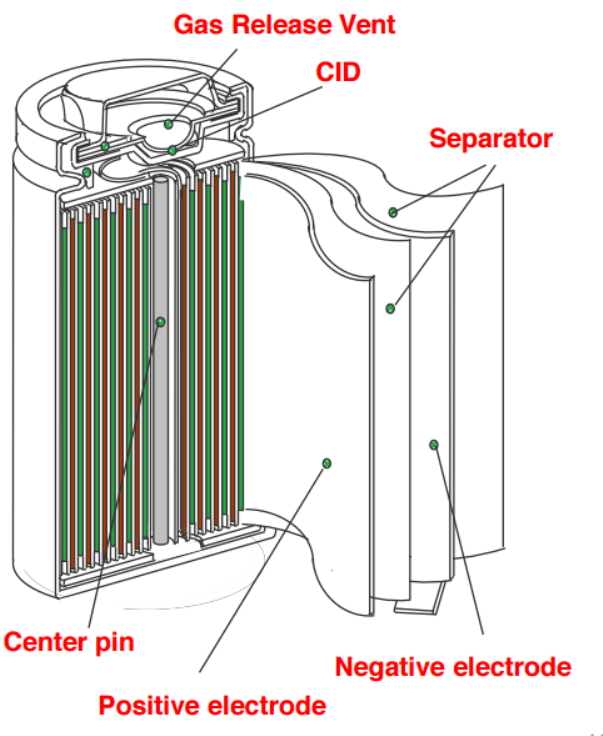flippy
1 MW
- Joined
- Aug 12, 2015
- Messages
- 2,351
Chalo said:That's kind of a hassle when you have to replace a piece of of a car body, isn't it? Also, cars aren't packed full of thin plastic films and moist chemicals just on the other side of the sheet metal when it's welded. Would you prefer that your electric motor were welded together? Those need less frequent service that batteries do, in my observation.
i worked in a body shop for 3 years. its not hard in the slightest. welds give a lot less problems then bolts. i can strip a spot welded bodypanel with a simple plasma cutter in less time then you can drink a cup of coffee or get a single stripped or rusted bolt or nut loose.
and you dont replace a single cell, if a pack need cell rep[lacement you replace an entire block, not a single cell.


